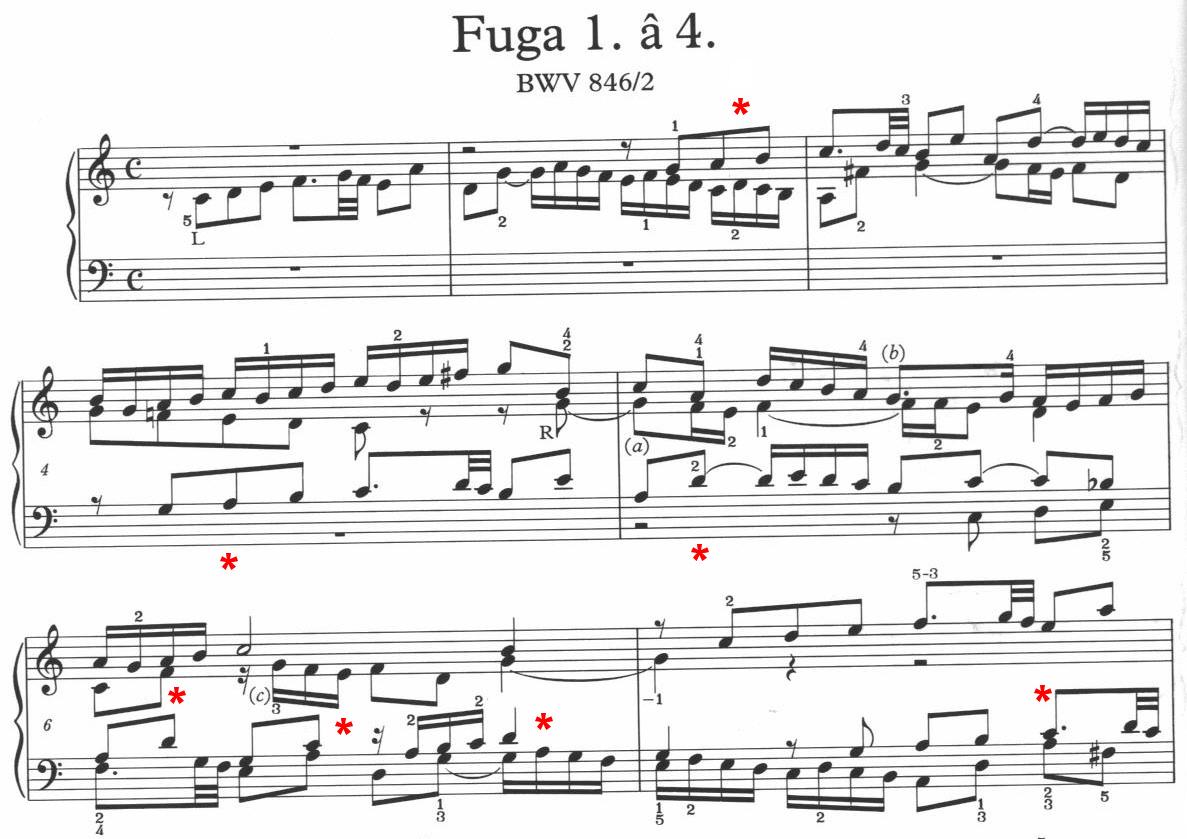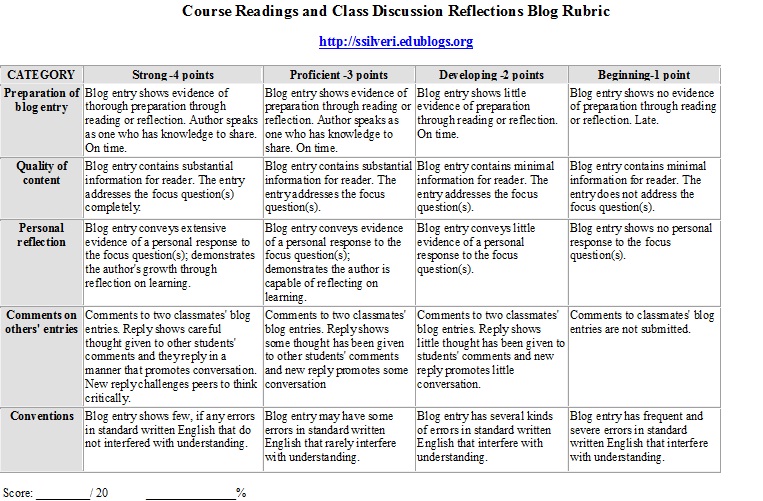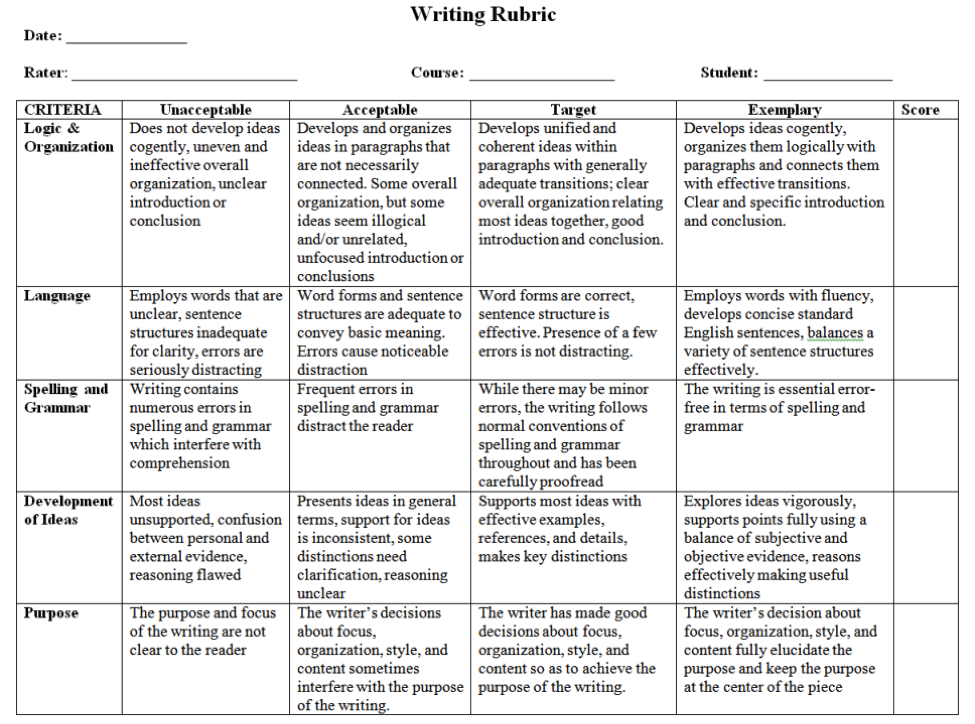Redox reactions - Oxidising and reducing agents - Higher.
Summary - Writing ion-electron equations. To write complex ion-electron equations: Balance the atoms that are already present on both sides. If the number of oxygen atoms needs to be balanced, add.The ion-electron equations must be balanced and added together. Displacement reactions are a good example of redox reactions. Metals higher in the electrochemical series will displace lower metals.This page explains how to work out electron-half-reactions for oxidation and reduction processes, and then how to combine them to give the overall ionic equation for a redox reaction. This is an important skill in inorganic chemistry. Don't worry if it seems to take you a long time in the early.
Electrochemical reaction, any process either caused or accompanied by the passage of an electric current and involving in most cases the transfer of electrons between two substances—one a solid and the other a liquid. Finally, the passage of electricity through gases generally causes chemical.Use of these equations are illustrated in the following sections. Top. Calculating the Quantity of Substance Produced or Consumed. To determine the quantity of substance either produced or consumed during electrolysis given the time a known current flowed:: Write the balanced half-reactions involved.

Ch. 19.9 - Assume the following electrochemical cell. Ch. 19 - Write balanced equations for the following. Ch. 19 - Write balanced equations for the following. Ch. 19 - Balance the following redox equations. All occur. Ch. 19 - Balance the following redox equations. All occur. Ch. 19 - Balance the following redox equations. All occur.












